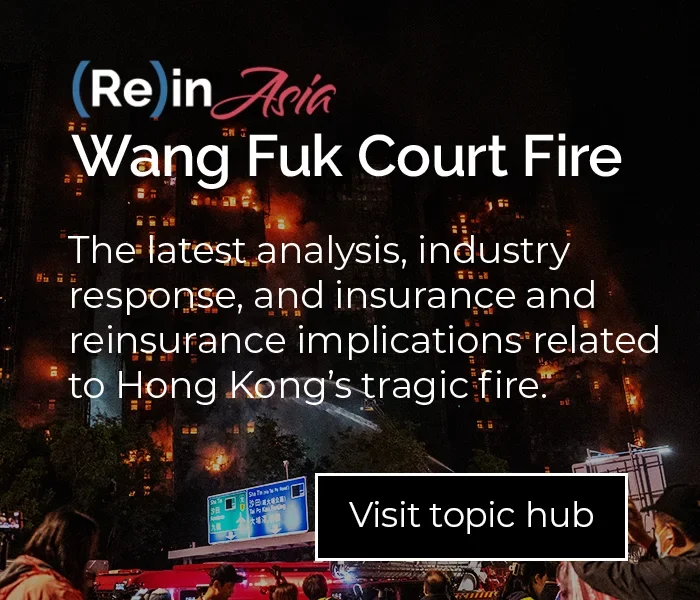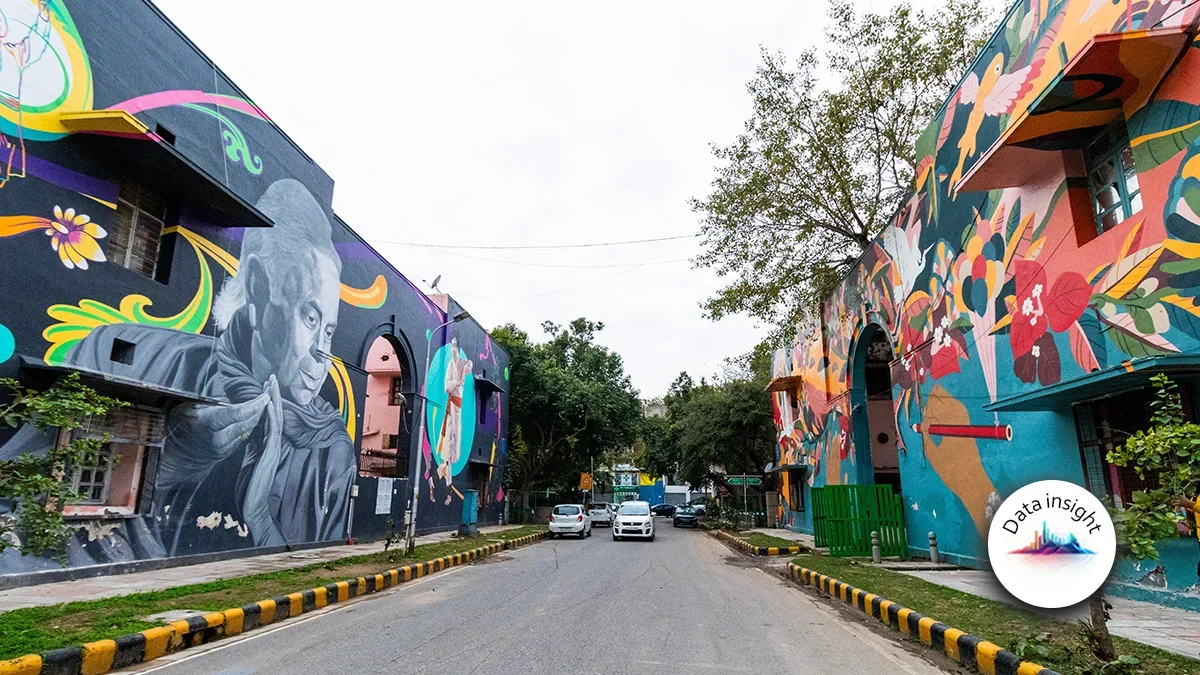(Re)in Summary
• Technology offers new ways to assess risk and manage data.
• However, Asia lags behind markets like the US in data quality, with a need for industry standards to incentivise data capture and utilisation.
• Improved data standards and transparency can provide benefits like highlighting uninsurable areas, prompting government action, and benefiting the entire insurance value chain.
• The industry is also navigating privacy regulations to maximise data use.
New technologies can resolve long-running issues with data, but data collection remains a disincentive, industry experts said at a Singapore International Reinsurance Conference panel on Wednesday (Nov 6).
As data privacy regulations continue to rise and privacy frameworks mature around Asia, insurers will struggle with making complete use of data, said Derek Shi, head of reinsurance and HR at Ping An P&C. “And that’s a very standard thing that a lot of the companies are facing,” Shi said. “What we’ve been trying to do is to use technology to solve the issue a little bit, so there’s privacy computing, federated learning models that we can use in order for the actual data not to be shared.”
Technology is shifting, and insurers are experimenting with them and working with regulators to find out what they can and cannot do, Shi said. And as new forms and sources of data emerge – from telematics to the Internet of Things (IoT) – insurers will have to find ways to use this data and reflect that in the transformation of the industry, he added.
“In the past few years one of the innovations in motor insurance was UBI (usage based insurance) and that was mainly driven by some of the technology that we had,” Shi said. “I think what we see (now) is the opportunity to take a very similar transformation, and that will allow us to actually change the way we see insurance as a product.”
Shi pointed out the increasing availability and cost of IoT devices that can be used to collect and assess risk can change a static offering into a dynamic one. “Just like UBI, now we have an offering that includes services and other things around the solution, that allows us to engage with customers on a custom basis, including an assessment of risks on a dynamic basis.”
New data sources and technology will change how (re)insurance is priced, Shi said.
“Whether you need to wait a period of time in order to prove the value of this additional data and adjustments to risk assessment, or whether you can actually leapfrog that and jump ahead and be able to make a pricing decision with a relatively short period of time, that’s the challenge the industry will go through,” he added.
Asian economies are lagging behind other countries, like the United States, in data quality and data capture, said Masaru Kikukawa, General Manager and Head of Global Reinsurance at Tokio Marine.
“In the States, even 15, 20 years ago, (an insurer) would have captured pretty much all the primary characteristics of property risk, and they were all stored in data systems within each insurer,” Kikukawa said. “I observed a lot of that data being actively used for underwriting purposes, with guidelines built around those types of inputs.”
In Asia, there is no industry standard in application or data exchange, with data left undigitised. “(Data is) sitting in an agent or a broker’s files and cannot be used downstream,” Kikukawa said. “It takes so much time and effort to capture good data in the beginning and enter it, and a lot of it is human work.”
That can be a disincentive. In Japan, agents are the ones who take the time to check the data given by the insured, Kikukawa added, which means they will place business with an insurer who requires the least information. “There is not an incentive – there’s a disincentive, really, in the way that the agent is just taking a simpler route and placing the business with an insurer who requires the least information,” Kikukawa said.
And that’s been a challenge, as insurers do need to have granular information about the risk that they’re insuring. “You can’t write an account when you don’t know where the risks are.”
Better data will trickle down the value chain, from the insured, to the insurer and then to the reinsurer, and so (re)insurers will have to incentivise granular data reporting.
“Down the line, the better quality data you get, the better prices, you get better reinsurance, and it should be beneficial to the insured and the agent who’s actually going to be collecting the data,” Kikukawa said. “So that dynamic has to change, and there has to be a way to incentivise agents and insurers that providing granular data is going to ultimately benefit them.”
Better data transparency spotlights uninsurability
Data transparency and granular data reporting can also help spotlight issues like uninsurability, said Anusha Thavarajah, Regional Chief Executive officer at Allianz Asia Pacific.
“There are houses already in areas that are flood prone, so I think our granular data should be then put in front of governments to make sure that they then address drainage around those areas, to make these areas livable, or do certain things that protect those areas,” Thavarajah said.
(Re)insurers shouldn’t be afraid of granular data, she added. “With more granular data, how we need to look at it is that it gives us more insight, and it gives us some kind of baseline to make a judgement on whether (an insurer) wants to increase the premium,” Thavarajah said.
By spotlighting uninsurability, data can also spotlight risks that potential insureds might be taking. “From our perspective, as a risk quantifier, (data models) give you and your constituents and your ultimate customers as accurate of a view of risk as possible, so at least they know what they’re getting into,” said Robert G. Newbold, president of extreme event solutions at Verisk.
It’s a delicate balance. “What we don’t want to have happen is this particular catastrophe occurring, and the feedback comes back: ‘well, that wasn’t your model. I never knew that was going to happen. We never expected this type of risk before’,” said Newbold.
Data makes nat cat modelling both easier and more challenging at the same time, and these challenges will continue to exist as nature becomes more complex. Newbold added. “The more data we get, the more assimilations we have to make, the more connections we have to make, the more information we have to process, and the more validation we have to do on the back end,” he added.
And as climate-driven perils continue to become more intense and more frequent, it is key for insurers to have accurate models to quantify risk to close the protection gap, Newbold said. “It’s our obligation to the market with the leverage today that we have, both scientifically and observationally, to provide the tools necessary to quantify that risk.”
























